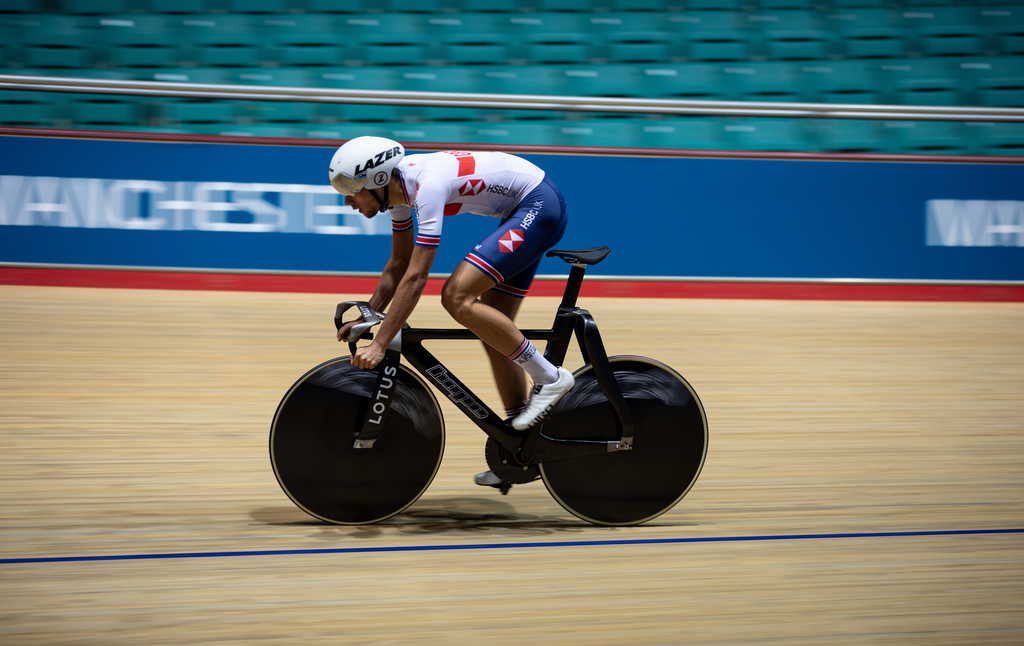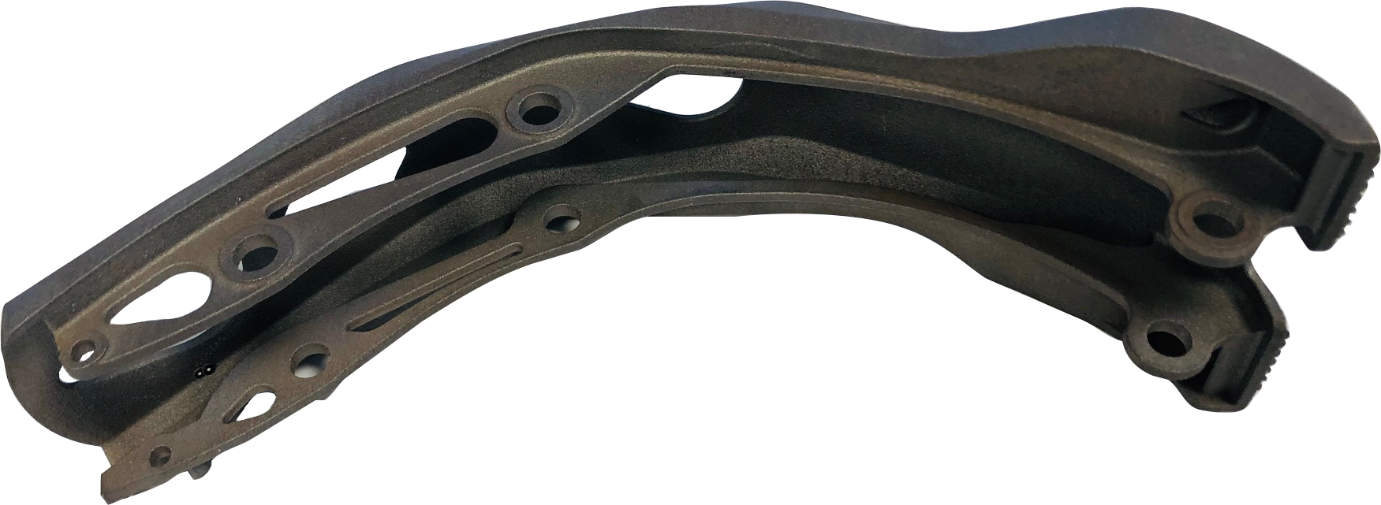Global engineering group Sandvik has collaborated with e-bike engineering and design consultancy GSD Global to 3D print titanium motor nodes for e-bikes.
GSD Global works with several bicycle original equipment manufacturers (OEMs) and has found titanium parts such as motor nodes, which anchor the electric motor to the bike frame, are tricky and particularly expensive to manufacture using traditional CNC methods.
However, by altering the design of its motor nodes to make them suitable for additive manufacturing, the firm saw its production costs more than halved.

3D printing e-bikes and LEVs
The bicycle industry is no stranger to additive manufacturing technologies, with several manufacturers having opted for 3D printing technologies over traditional methods for the production of bike frames and components.
Last year, global engineering technologies firm Renishaw teamed up with Lotus Engineering and Hope Technology to design a new track bike for the Great Britain Cycling Team in preparation for the Tokyo 2020 Olympics. Renishaw worked with engineers to initially 3D print plastic prototypes of the bike’s parts to determine fit and form before using its RenAM 500M laser powder bed fusion system to print metal versions of the components.
At the Bespoked 2019 UK Handmade Bicycle Show in May last year, bespoke framebuilding company Quirk Cycles showcased how it had used 3D printing to create smooth dropouts and a seamless seat lug in stainless steel for its latest bike frame.
Most recently, Silicon Valley firm AREVO joined up with California-based start-up Superstrata to 3D print the fully-unified carbon composite frames for its upcoming e-bikes. Prior to this, AREVO also 3D printed bike frames for Californian bike manufacturer Franco Bicycles, marketed under the Emery Bikes brand.

Sandvik and GSD Global’s collaboration
GSD Global turned to Sandvik for its expertise in 3D printing after observing the relatively slow uptake of e-bikes over the last decade. Part of this, the firm believes, is due to the expense of producing parts such as motor nodes through traditional methods, which are difficult and time-intensive.
GSD is also heavily focused on global energy conservation, sustainable transport, and reducing fossil fuel consumption, so being able to 3D print e-bikes that not only cost less but are also more energy-efficient and longer-lasting was a big tickbox for head of the organization, Zach Krapfl.
“Handmade bikes are pieces of art to begin with,” he said. “So, if we can provide these high-end bicycle makers with a material that can make their bikes last 10-20 years, that’s a game-changer to them.”

3D printing titanium motor nodes
Sandvik 3D printed the motor nodes using a combination of its powder bed fusion laser technology and Osprey Ti6AI4V powder, a material typically used in the medical, aerospace, and engineering sectors for applications dependent on high strength, weight-saving materials. During post-processing, the motor nodes were heat treated and sandblasted.
Sandvik’s new powder plant for titanium and nickel-based superalloys recently received the ‘AS9100 Revision D’ certification for deliveries to the aerospace industry. Opened in 2019, the plant gained the certification for qualifying its Osprey titanium powders with the ‘best possible’ consistency, morphology, and quality for use in additive manufacturing.
According to Sandvik, these recent developments, alongside mastering the process of 3D printing the titanium motor nodes, mean there could be ‘endless’ possibilities for the future additive manufacturing of other bicycle components.
Nominations for the 2020 3D Printing Industry Awards are still open, let us know who is leading the industry now.
The fourth edition of the 3D Printing Industry Awards Trophy Design Competition is now underway. Enter your design for the chance to win a CraftBot Flow 3D printer.
To stay up to date with the latest 3D printing news, don’t forget to subscribe to the 3D Printing Industry newsletter or follow us on Twitter or liking our page on Facebook.
Are you looking for a job in the additive manufacturing industry? Visit 3D Printing Jobs for a selection of roles in the industry.
Featured image shows an e-bike with a 3D printed titanium motor node. Image via Sandvik.



